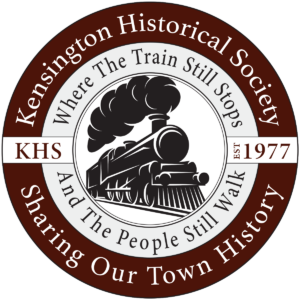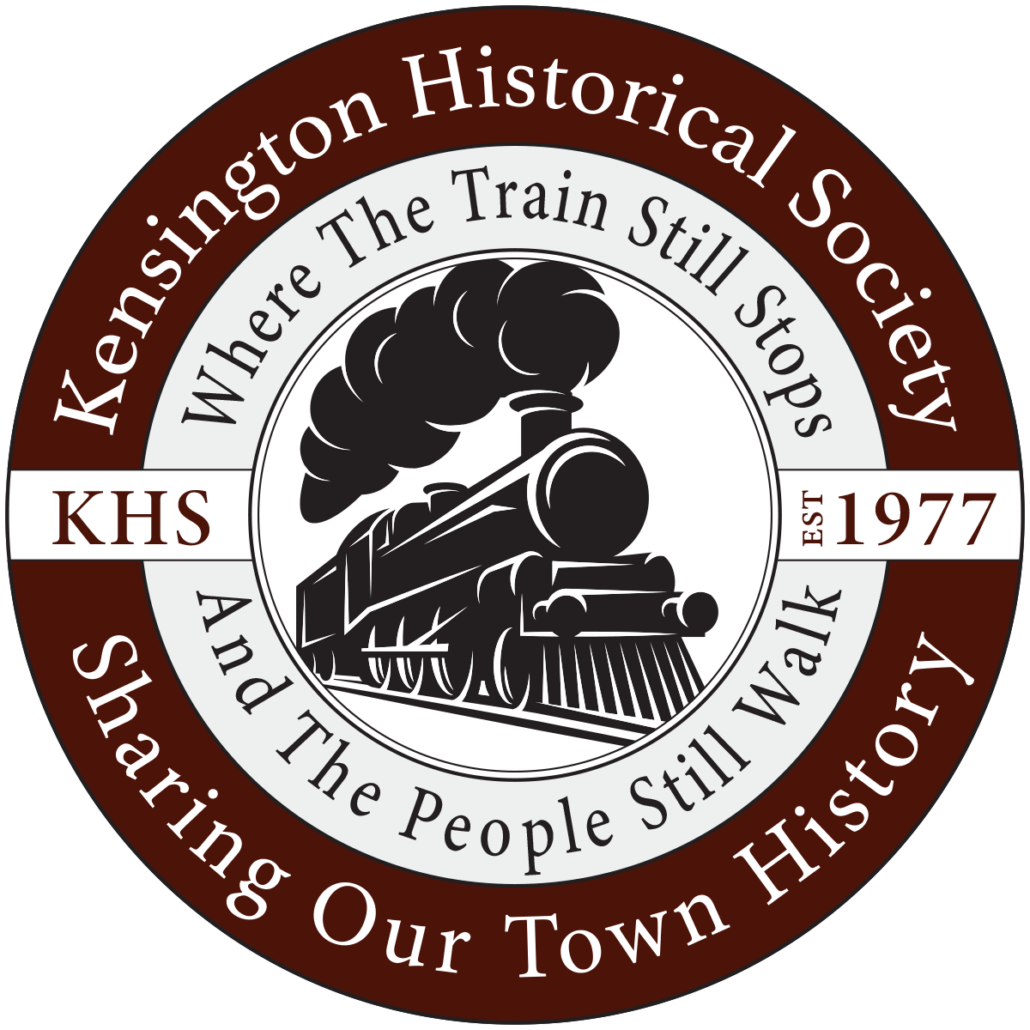
Contact Us
P.O. Box 453, Kensington, MD 20895
To request archival information, send an email to archives@tok.md.gov.
Office Hours
Visit the Archives by appointment.

P.O. Box 453, Kensington, MD 20895
To request archival information, send an email to archives@tok.md.gov.
Visit the Archives by appointment.
